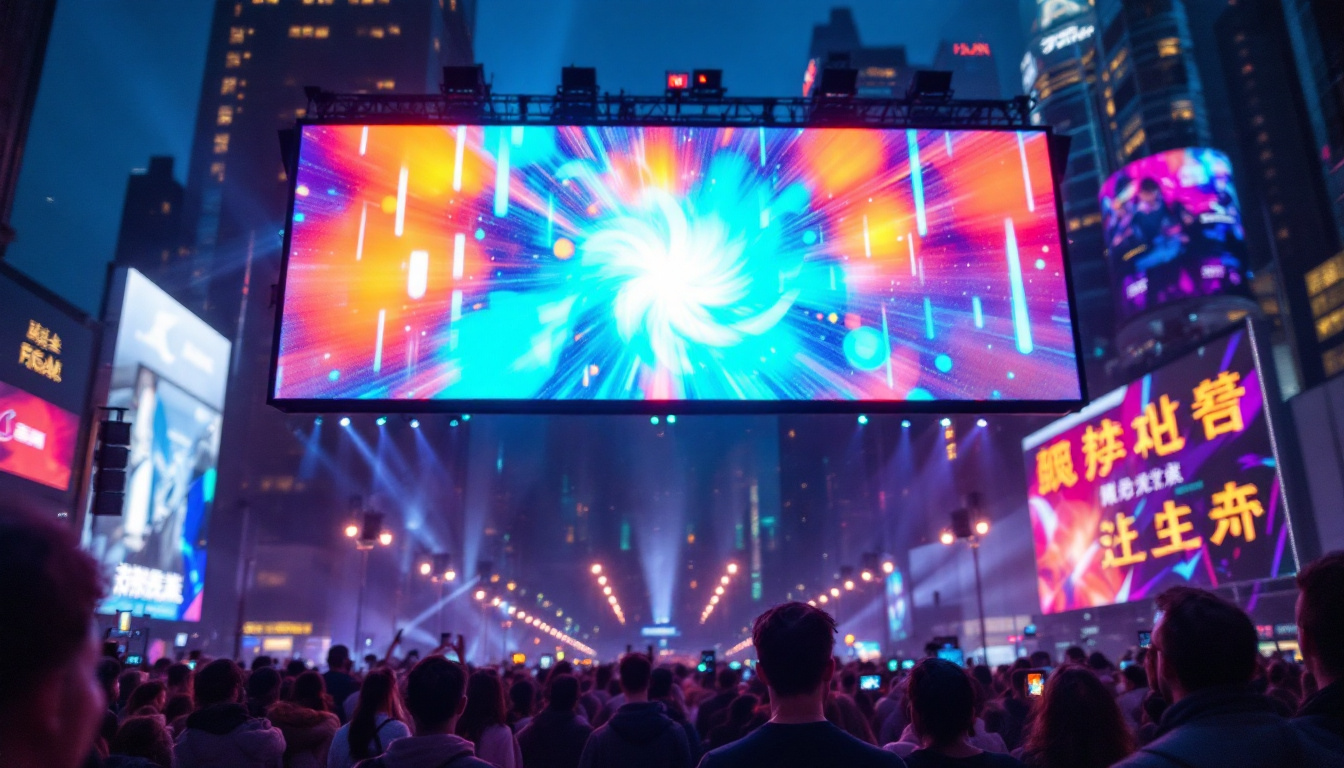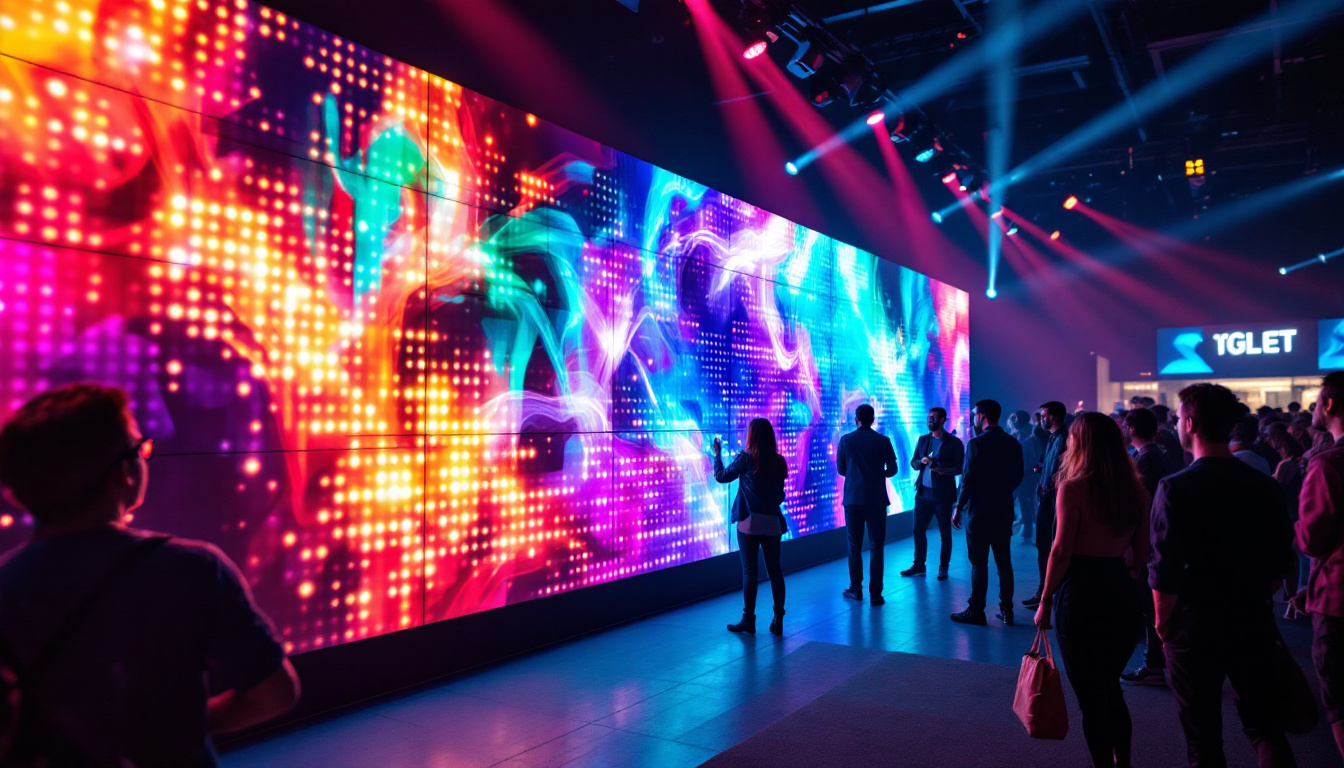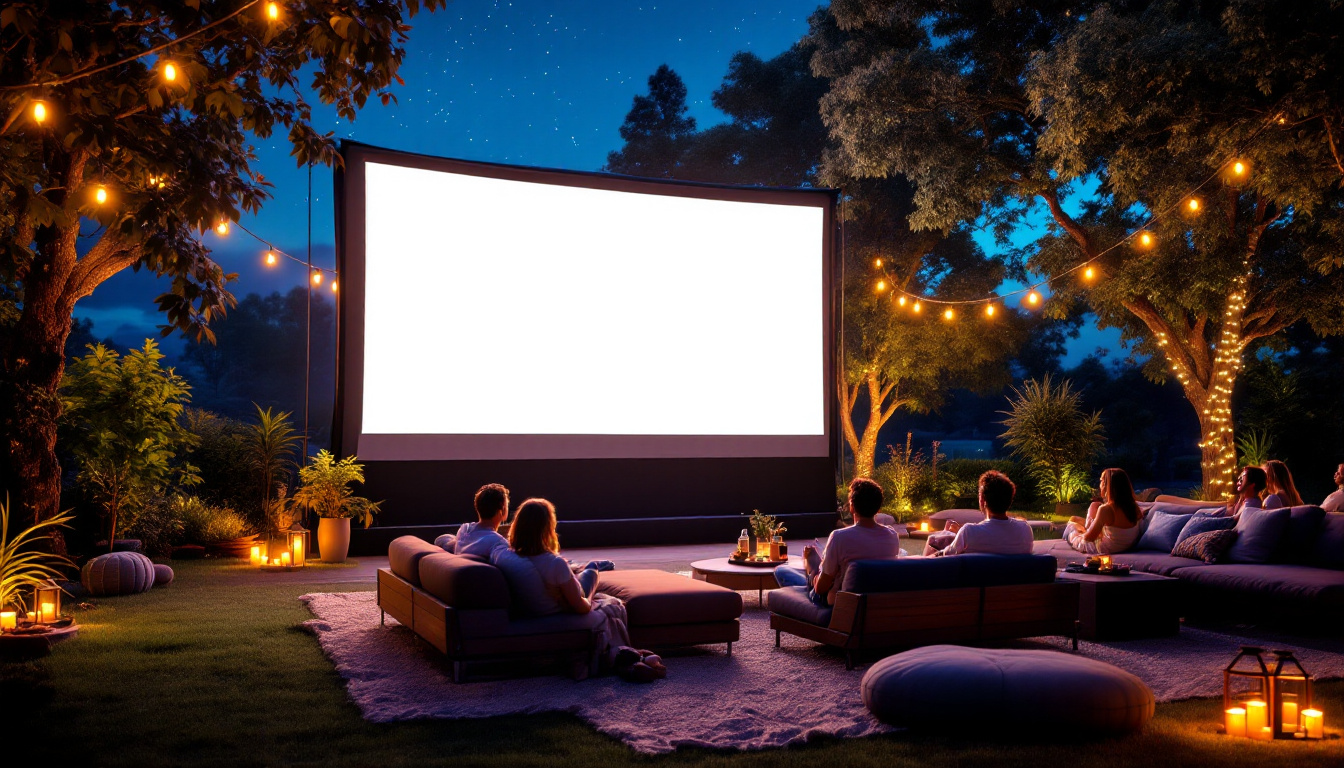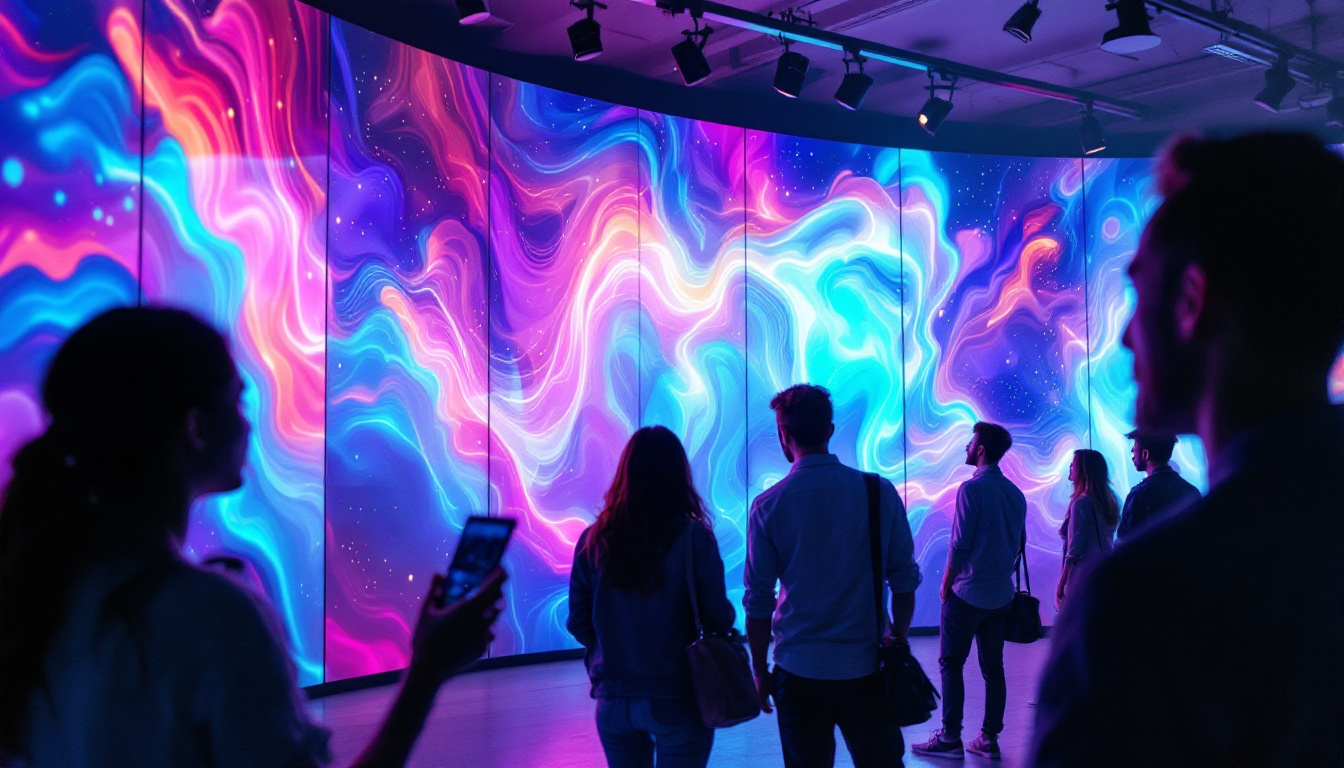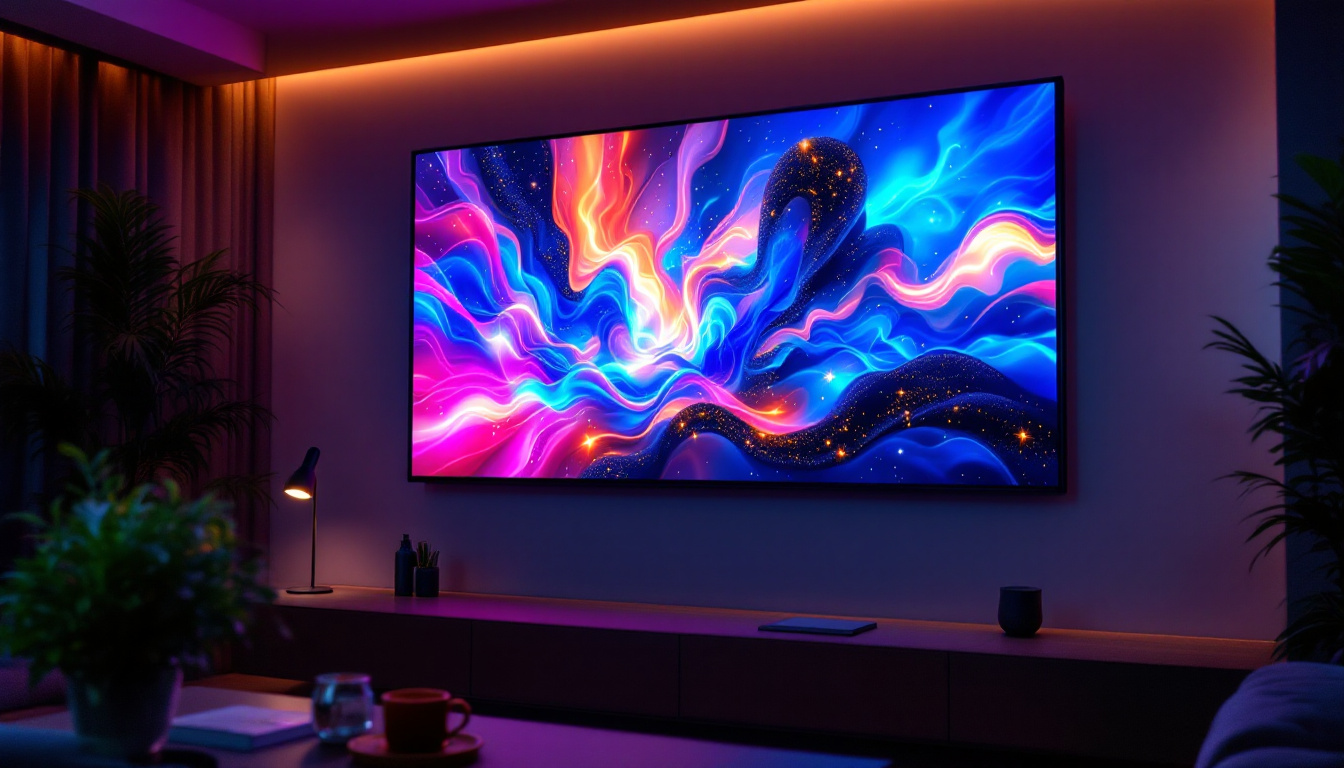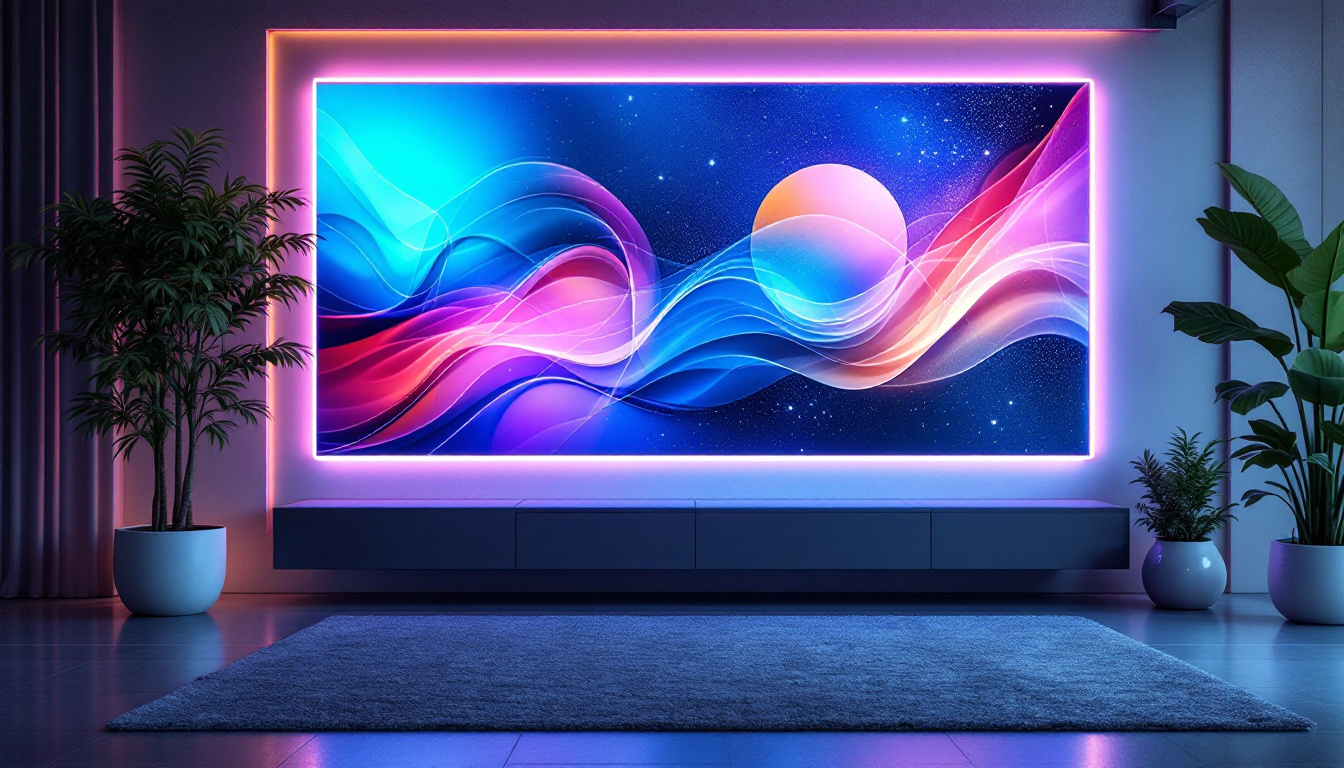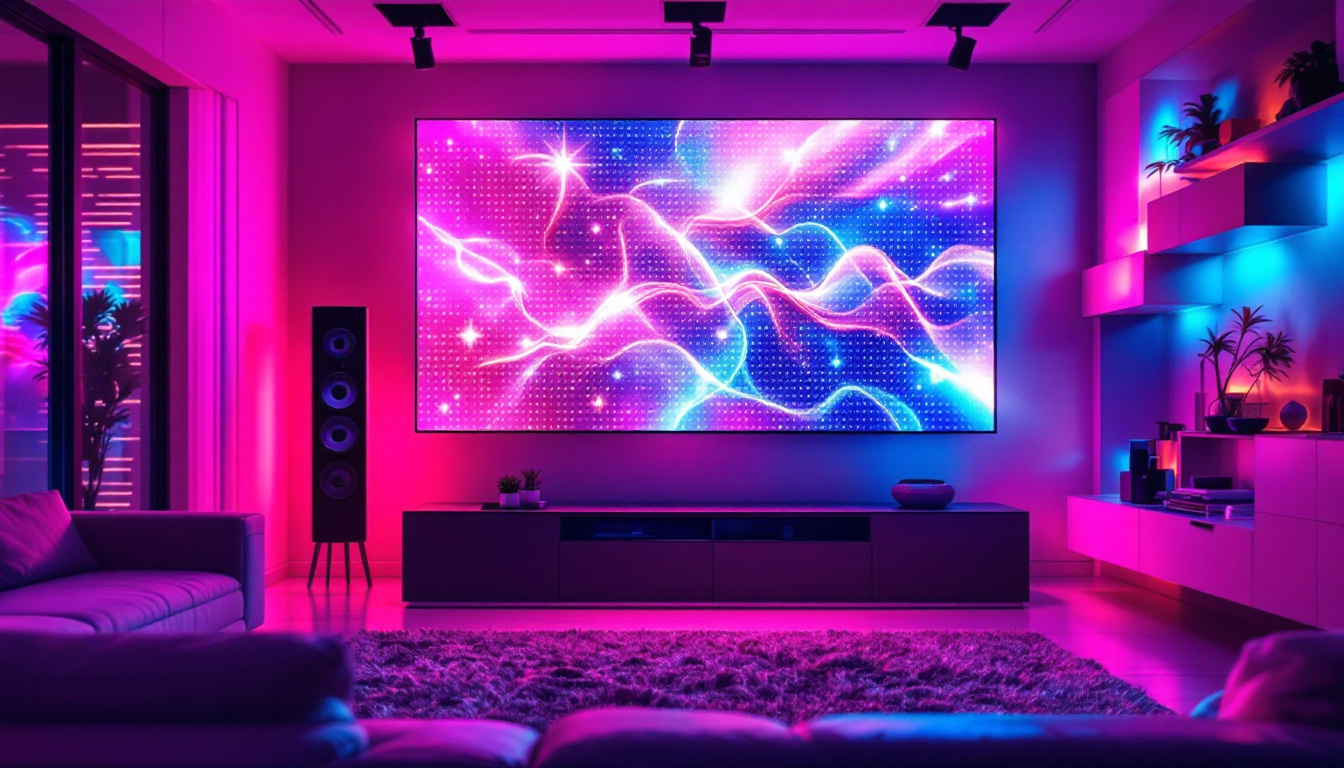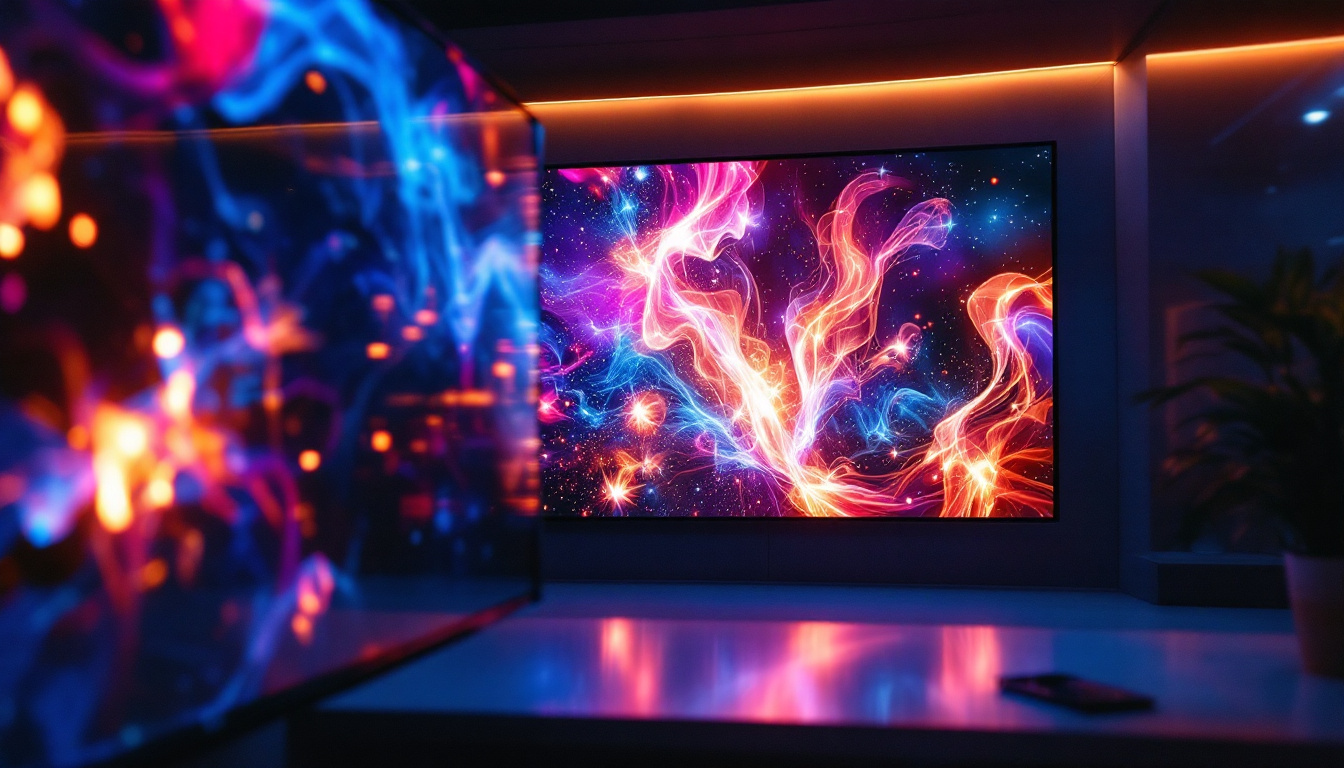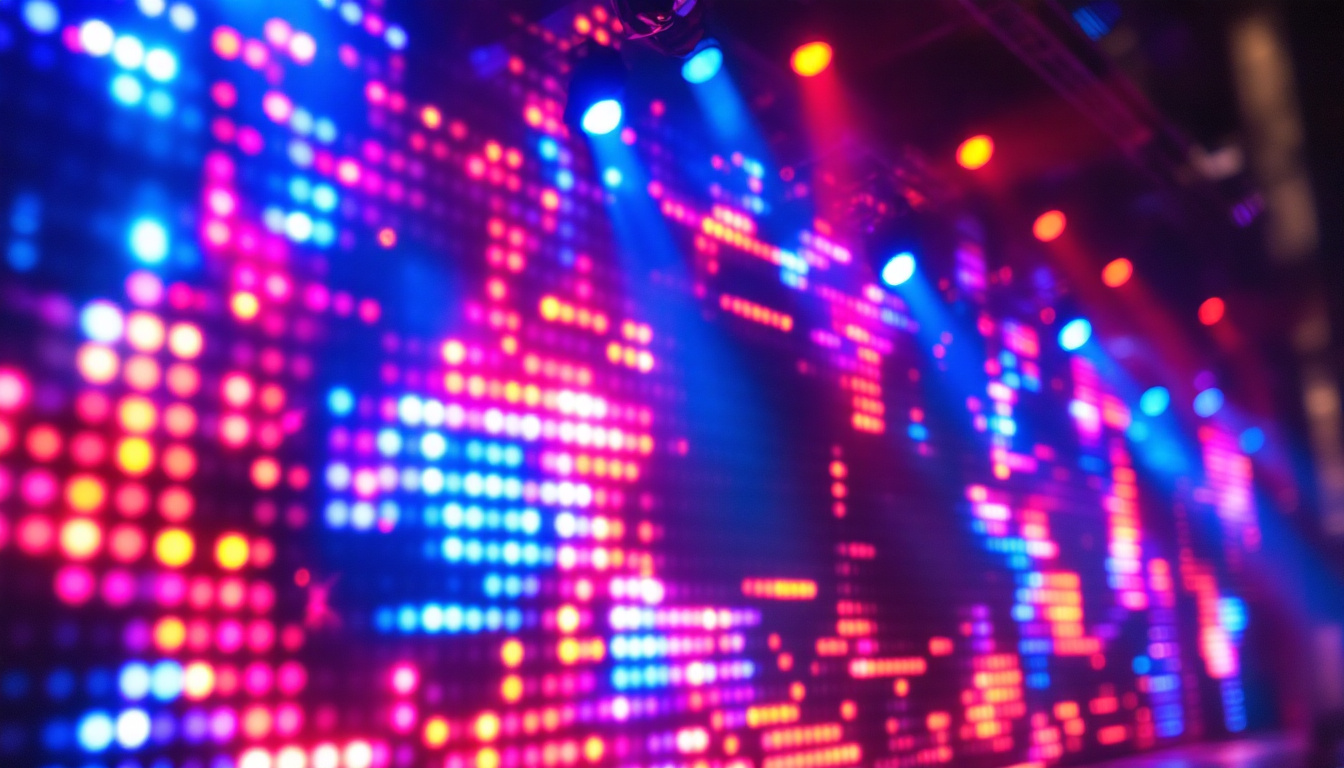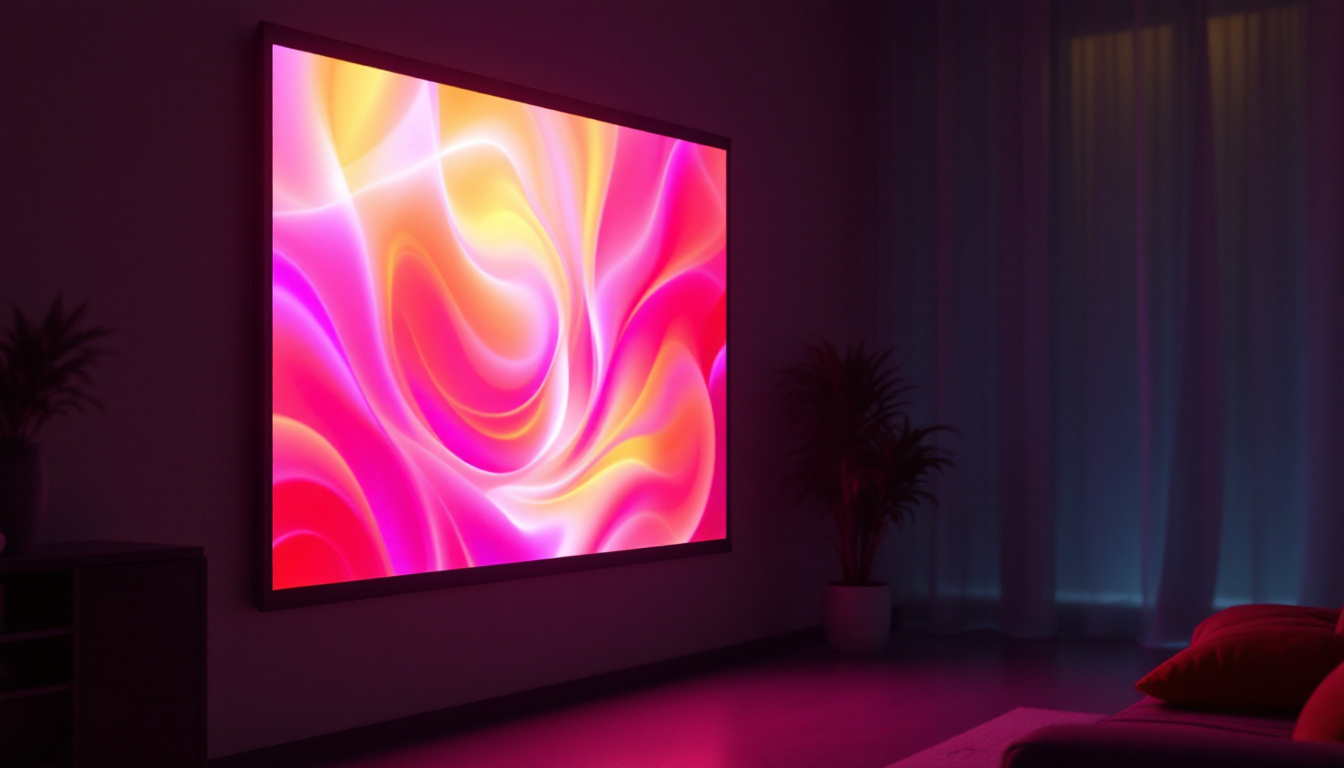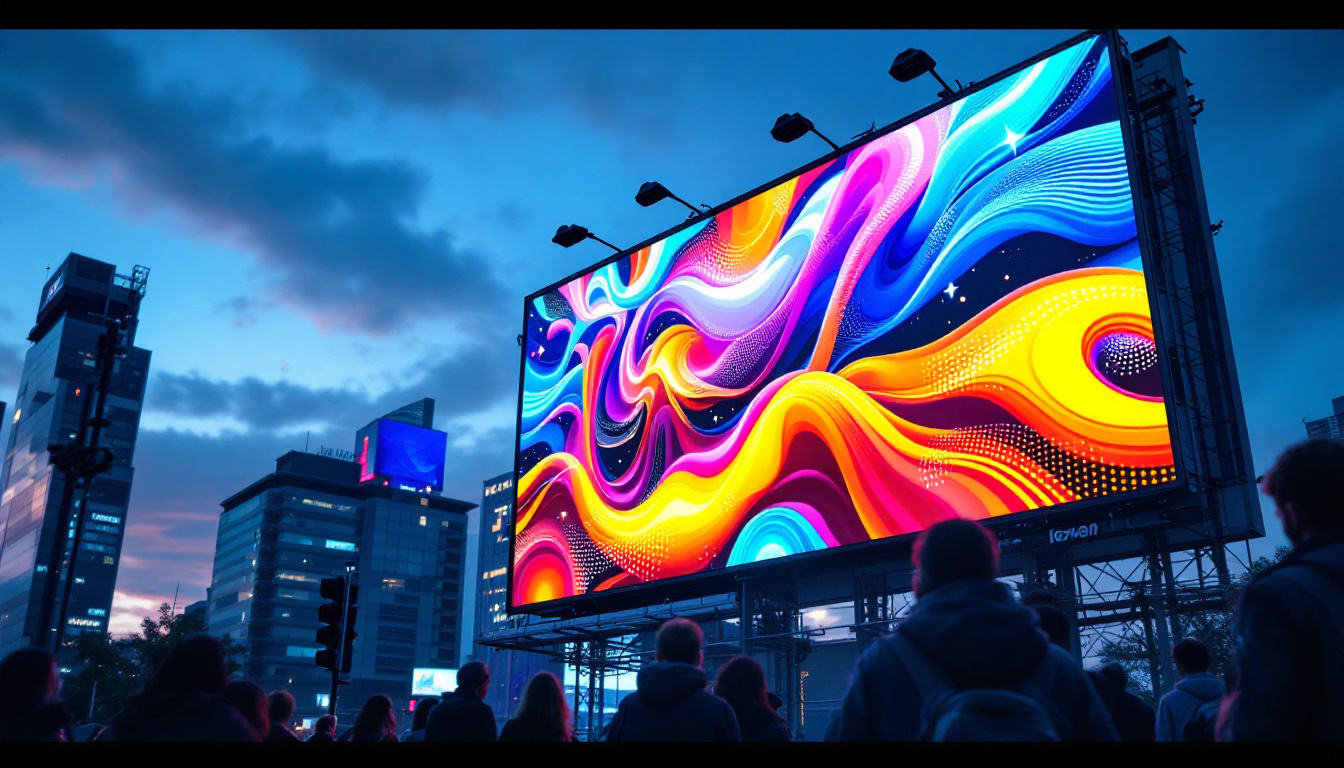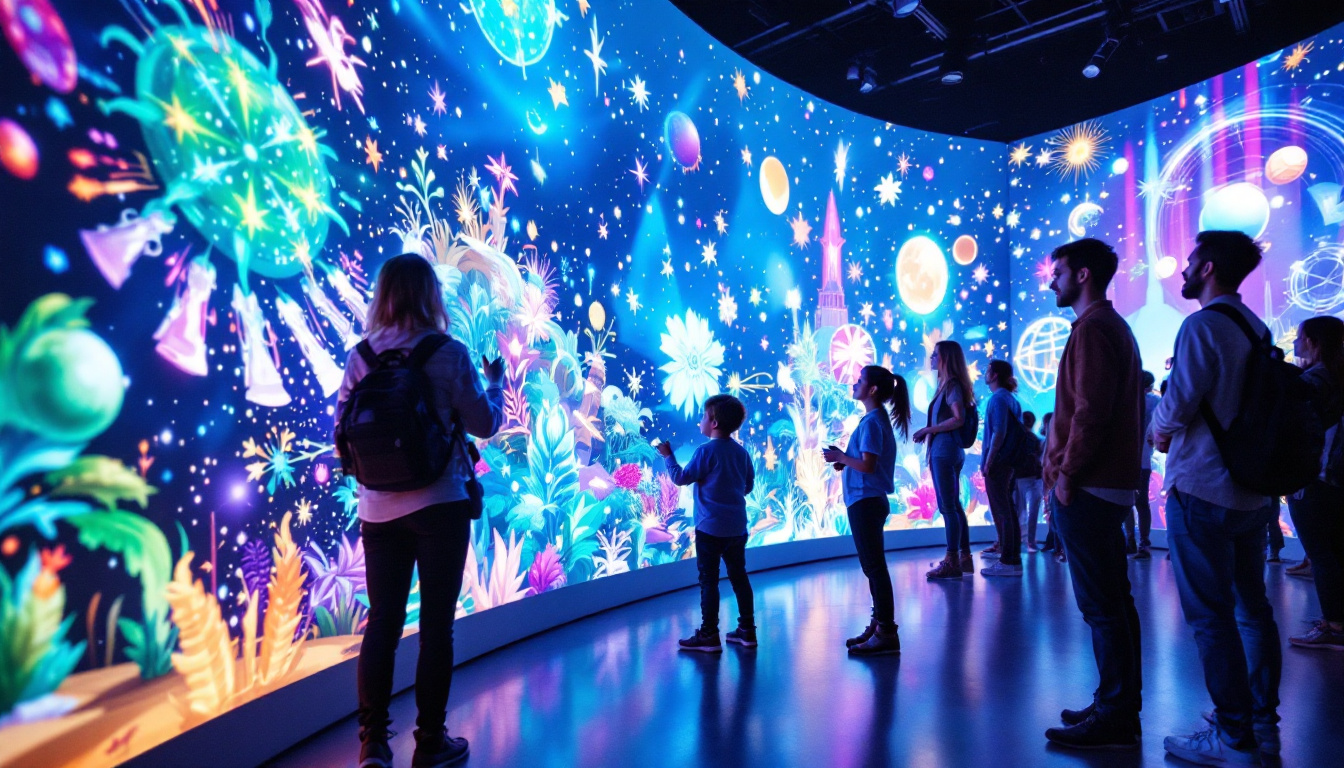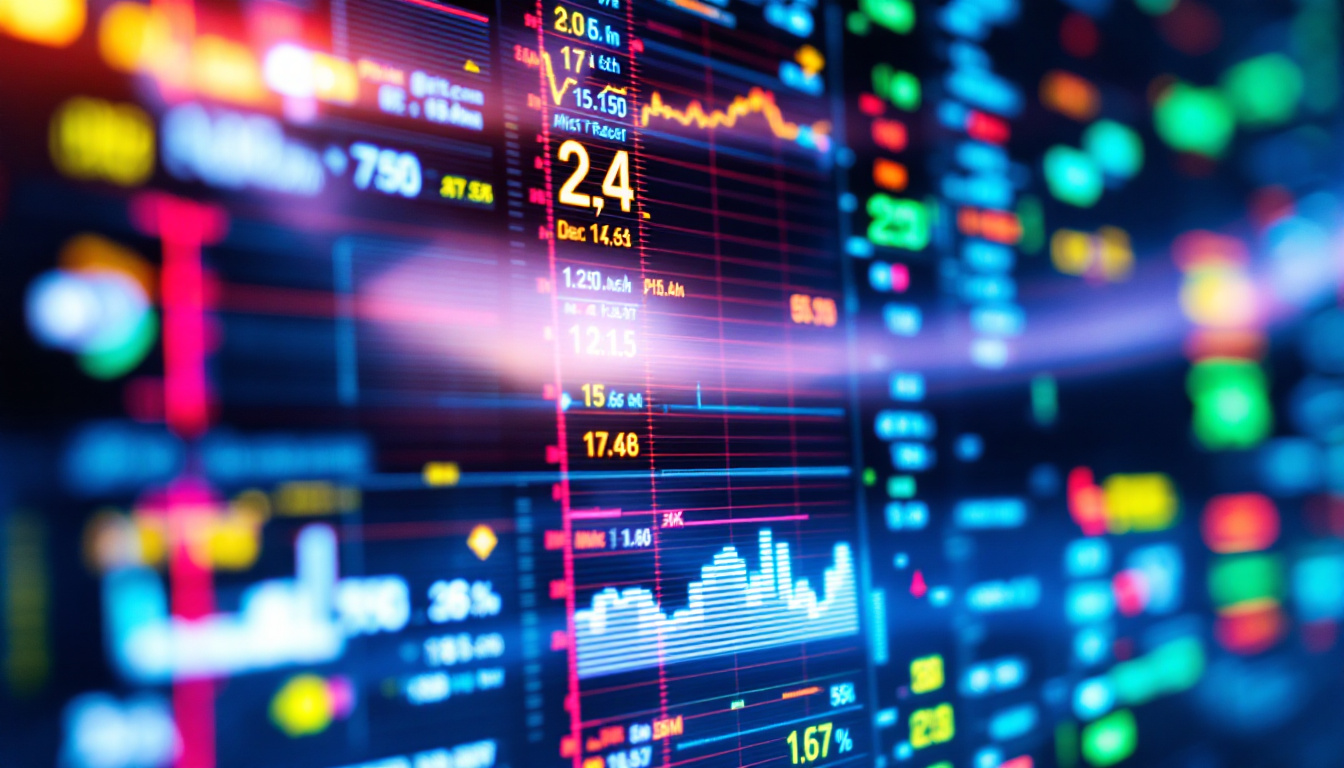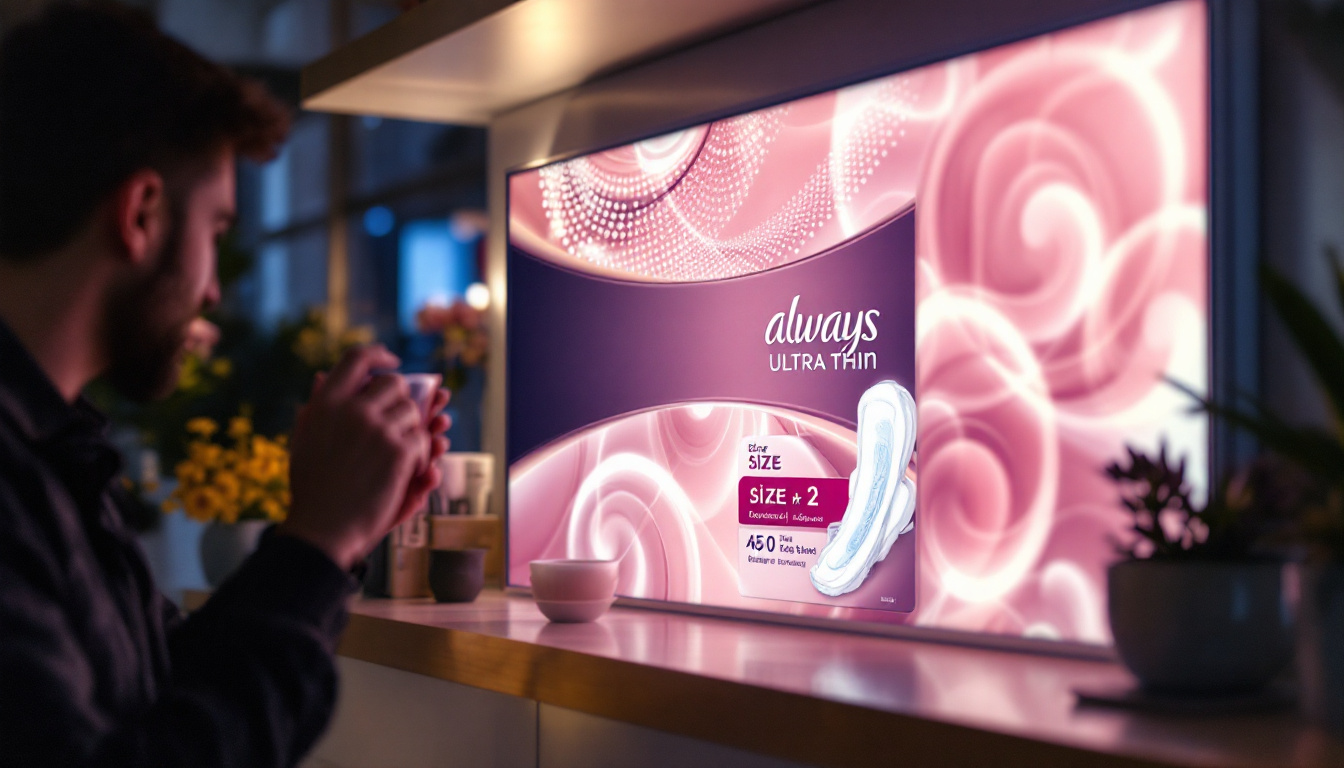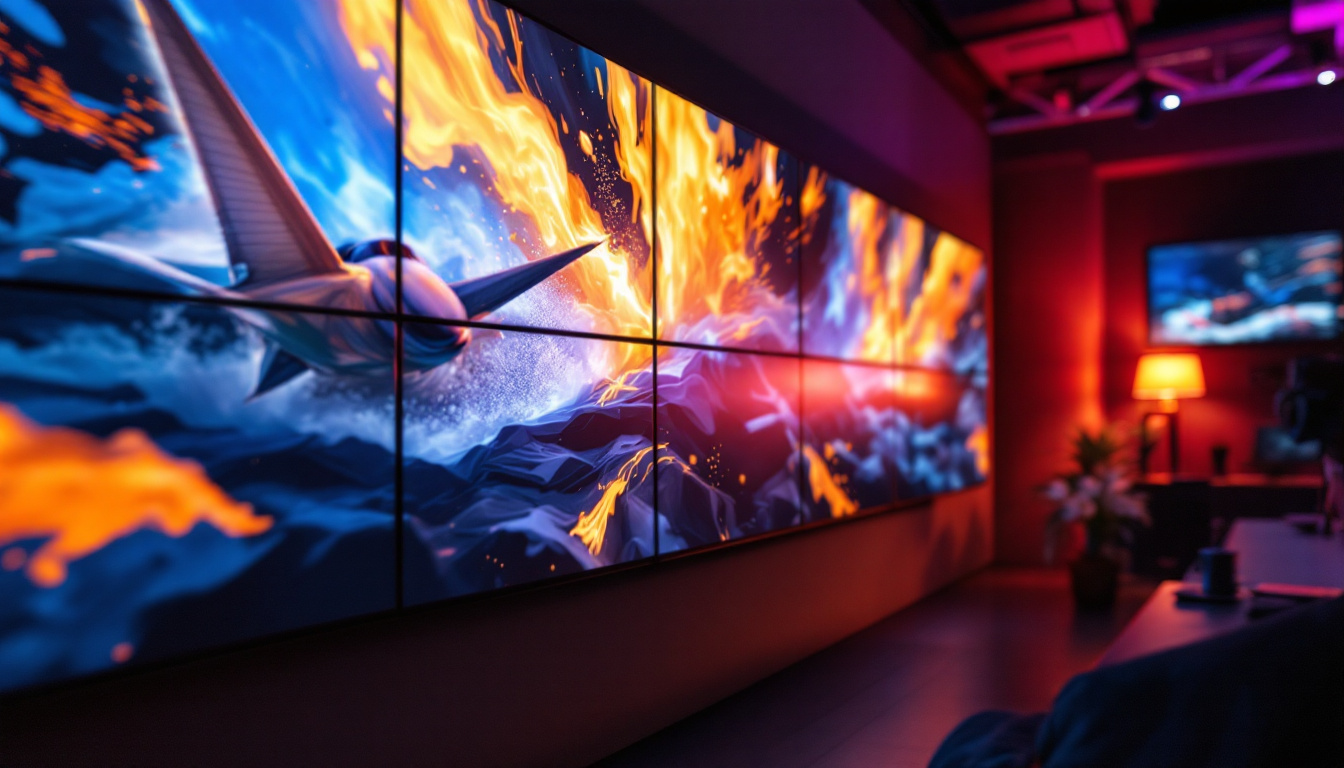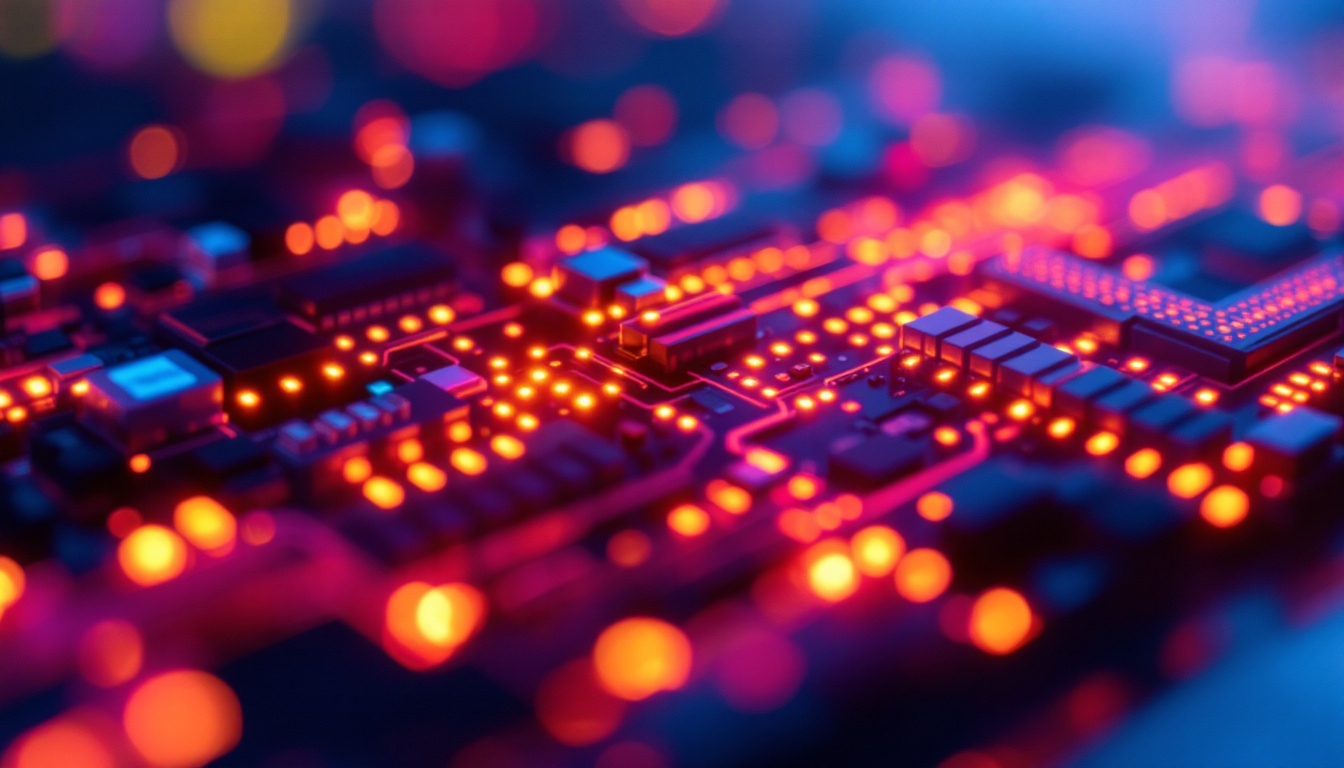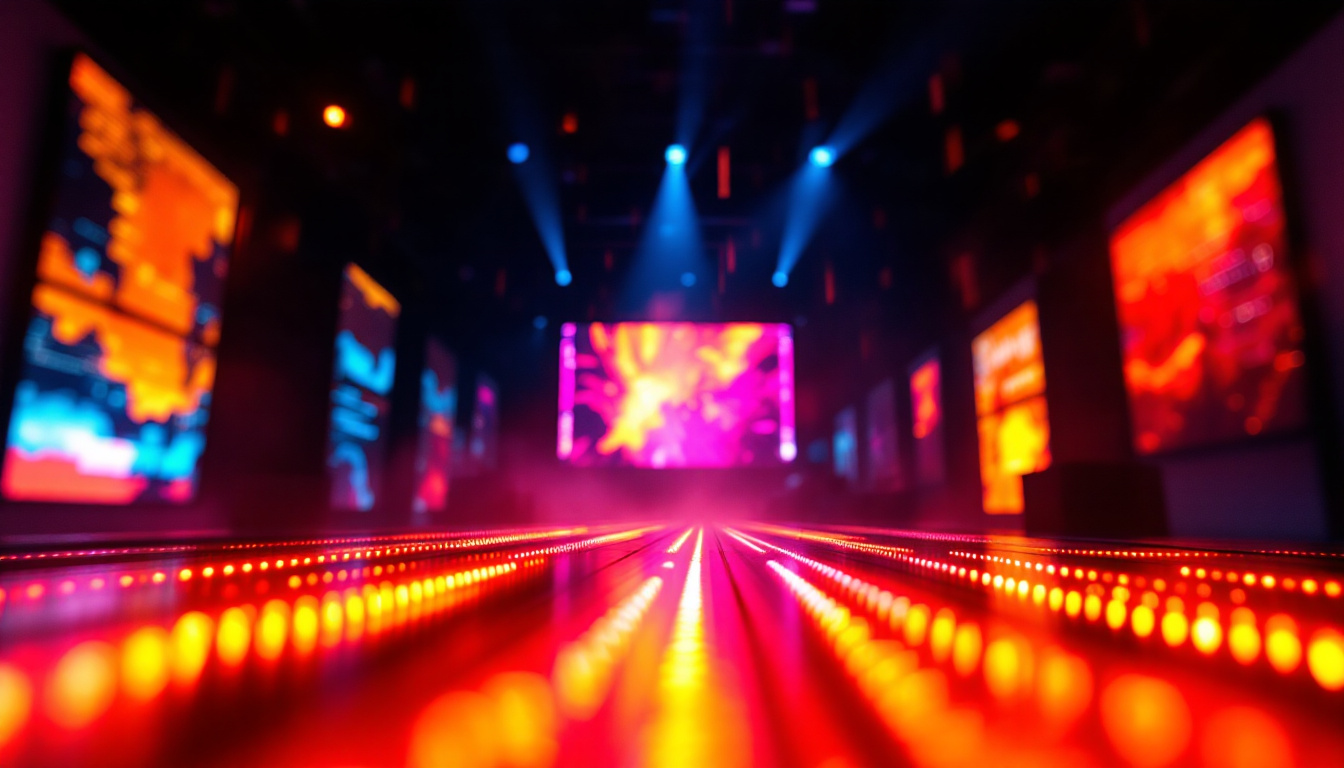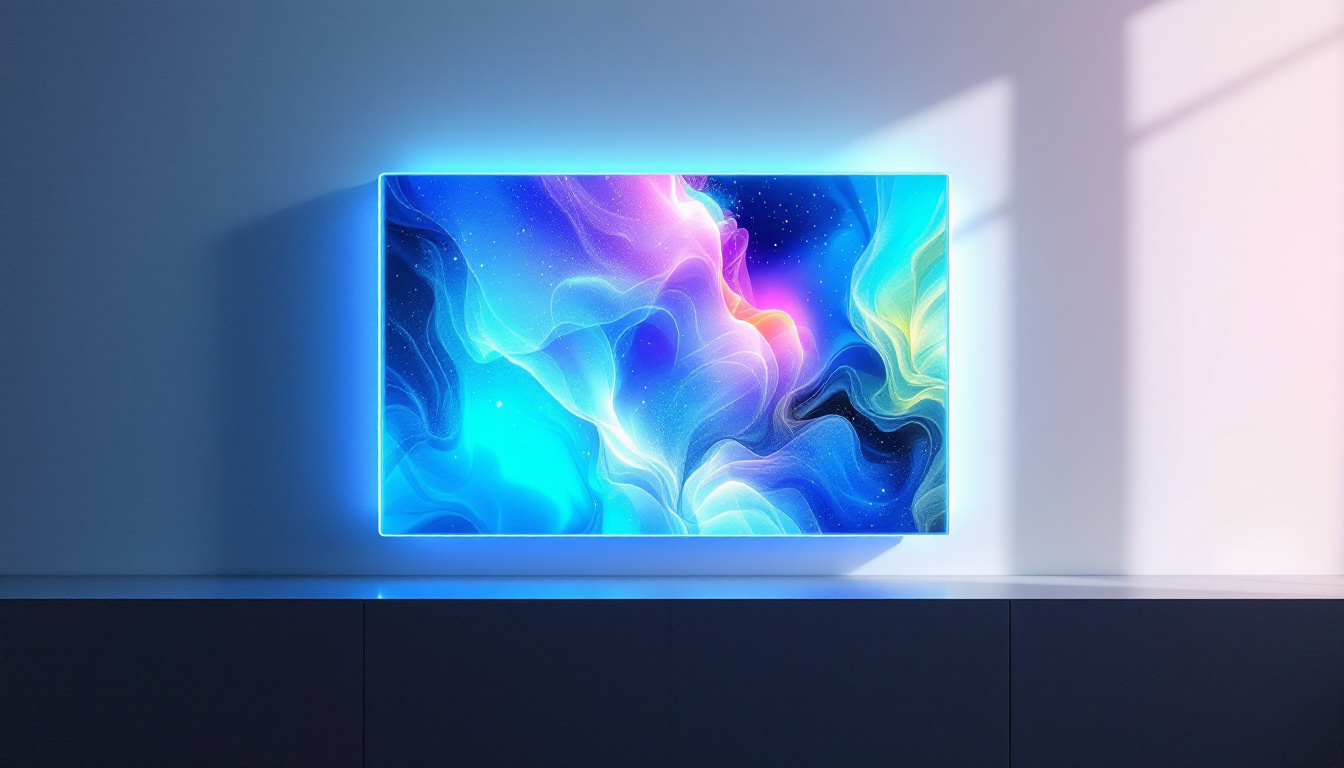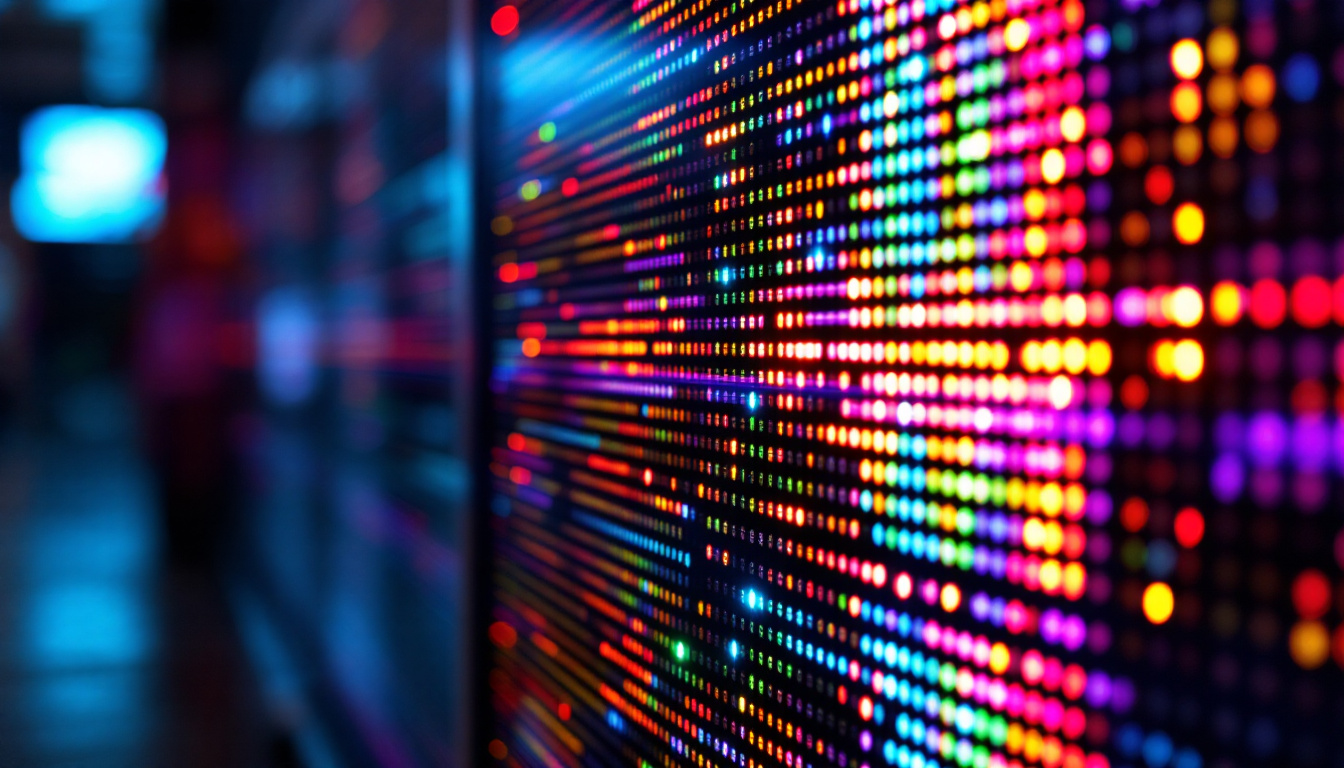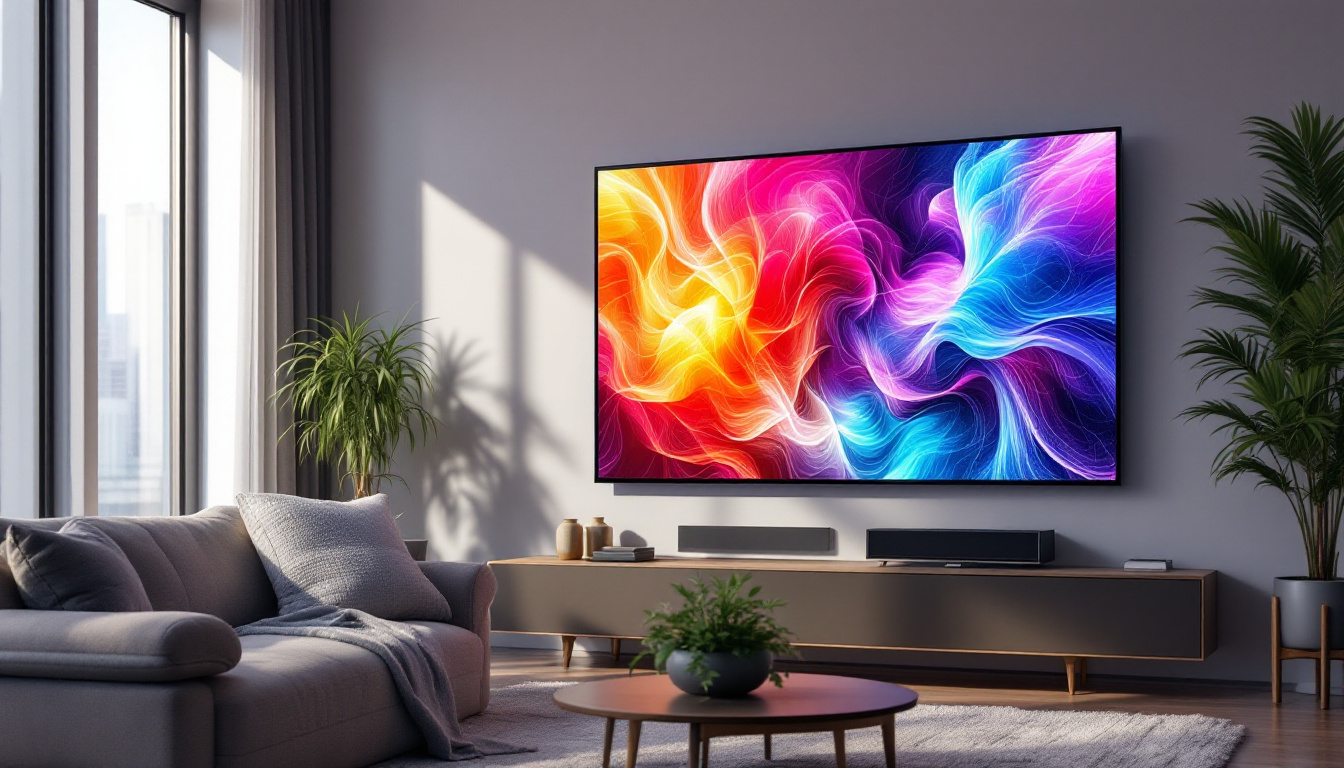In the realm of modern technology, LED displays have revolutionized the way we visualize content. From billboards to televisions, these displays are ubiquitous in our daily lives. But what exactly is the concept of “pitch” in relation to LED displays? Understanding pitch is crucial for anyone looking to delve into the world of LED technology, whether for personal use or professional applications.
Understanding LED Display Technology
LED, or Light Emitting Diode, displays utilize semiconductor technology to produce light. They are known for their brightness, energy efficiency, and longevity compared to traditional display technologies. The fundamental component of an LED display is the LED itself, which emits light when an electric current passes through it. This technology has revolutionized the way we view images and videos, providing a more dynamic and immersive experience than ever before.
Components of LED Displays
LED displays are made up of various components that work together to create vibrant images. The primary components include:
- LED Modules: These are the building blocks of an LED display, consisting of multiple LEDs arranged in a grid.
- Power Supply: A reliable power supply is essential to ensure that the LEDs function correctly and consistently.
- Controller: The controller manages the input signals and determines how the images are displayed on the screen.
Each of these components plays a vital role in the overall performance of the LED display, affecting factors such as brightness, color accuracy, and response time. The quality of the LED modules, for instance, can significantly influence the display’s resolution and clarity, making it crucial to select high-quality components for optimal results. Additionally, advancements in technology have led to the development of smart controllers that can adjust brightness and color settings automatically based on ambient light conditions, enhancing the viewing experience further.
Types of LED Displays
There are several types of LED displays, each designed for specific applications. The most common types include:
- Indoor LED Displays: These are typically used in venues such as theaters, shopping malls, and conference rooms.
- Outdoor LED Displays: Built to withstand weather conditions, these displays are often used for advertising and public announcements.
- Transparent LED Displays: These innovative displays allow light to pass through, making them ideal for retail environments where visibility is crucial.
Understanding the different types of LED displays can help users choose the right one for their needs, ensuring optimal performance and visual impact. For instance, indoor LED displays often have a higher pixel density, which allows for clearer images at closer viewing distances, making them suitable for environments where viewers are typically near the screen. In contrast, outdoor LED displays are designed with larger pixels and enhanced brightness to combat sunlight, ensuring visibility even in direct sunlight. Moreover, the emergence of flexible LED displays has opened new avenues for creative applications, allowing for curved and unconventional screen shapes that can fit unique architectural designs.
What Is Pitch in LED Displays?
Pitch is a critical specification in LED displays that refers to the distance between the centers of two adjacent pixels. It is typically measured in millimeters (mm) and plays a significant role in determining the display’s resolution and image quality.
Importance of Pixel Pitch
The pixel pitch directly affects the clarity and detail of the images displayed. A smaller pitch means that the pixels are closer together, resulting in higher resolution and sharper images. Conversely, a larger pitch results in lower resolution, which may lead to pixelation when viewed up close.
For example, a display with a pitch of 2.5mm is suitable for indoor environments where viewers are relatively close to the screen, while a pitch of 10mm might be more appropriate for outdoor displays viewed from a distance.
Choosing the Right Pitch
When selecting an LED display, it is essential to consider the intended viewing distance. A general rule of thumb is that the viewing distance should be at least 10 times the pixel pitch. This ensures that the human eye cannot discern individual pixels, resulting in a seamless viewing experience.
Additionally, the application of the display should also influence the choice of pitch. For instance, displays used for detailed presentations or video content may require a smaller pitch for optimal clarity, while those used for general advertising may not need such precision.
Applications of LED Displays
LED displays have found applications across various industries, thanks to their versatility and effectiveness. From advertising to entertainment, their uses are extensive and continually evolving.
Advertising and Marketing
One of the most prominent applications of LED displays is in advertising and marketing. Billboards, storefronts, and event venues utilize LED technology to capture attention and convey messages dynamically. The ability to change content quickly and easily makes LED displays an ideal choice for businesses looking to engage customers.
Moreover, the brightness and clarity of LED displays ensure that advertisements remain visible even in bright sunlight, making them an effective medium for outdoor marketing campaigns.
Entertainment and Events
In the entertainment industry, LED displays are used for concerts, sports events, and theatrical performances. Large LED screens enhance the audience’s experience by providing clear visuals, real-time information, and immersive effects.
Additionally, LED technology allows for creative applications, such as video mapping and interactive displays, which can elevate the overall production value of an event.
Corporate and Educational Use
LED displays are increasingly being adopted in corporate and educational settings. In conference rooms, they serve as effective presentation tools, allowing for clear visuals during meetings and training sessions. Educational institutions also utilize LED displays for announcements, schedules, and interactive learning experiences.
The versatility of LED displays makes them suitable for various environments, enhancing communication and information dissemination in both corporate and educational contexts.
Advantages of LED Displays
LED displays offer numerous advantages that make them a preferred choice for many applications. Understanding these benefits can help users appreciate the value of investing in LED technology.
Energy Efficiency
One of the standout features of LED displays is their energy efficiency. Compared to traditional display technologies, LEDs consume significantly less power, resulting in lower energy bills and a reduced carbon footprint.
This energy efficiency is particularly beneficial for large-scale installations, where the cumulative savings can be substantial over time. Additionally, the long lifespan of LED technology means that replacements are less frequent, further contributing to sustainability.
Brightness and Visibility
LED displays are known for their exceptional brightness, making them suitable for various lighting conditions. Whether in a dimly lit room or under direct sunlight, LED displays maintain visibility and clarity, ensuring that content is easily readable.
This capability is essential for outdoor applications, where ambient light can significantly impact the effectiveness of advertising and information displays.
Durability and Longevity
LED displays are built to last. Their robust construction and resistance to external factors such as weather and temperature changes make them ideal for both indoor and outdoor use. With a lifespan that can exceed 100,000 hours, LED displays provide a reliable long-term solution for visual communication.
This durability translates to lower maintenance costs and less frequent replacements, making LED displays a cost-effective investment for businesses and organizations.
Challenges and Considerations
While LED displays offer numerous benefits, there are also challenges and considerations that potential users should be aware of. Understanding these factors can aid in making informed decisions regarding LED technology.
Initial Cost
The initial cost of LED displays can be higher than that of traditional display technologies. However, it is essential to consider the long-term savings associated with energy efficiency and longevity when evaluating the overall investment.
Many businesses find that the return on investment (ROI) justifies the upfront costs, particularly in high-traffic areas where visibility and engagement are critical.
Technical Expertise
Installing and maintaining LED displays may require technical expertise, particularly for larger installations. Organizations may need to invest in training or hire professionals to ensure that the displays function optimally.
Additionally, understanding the technology and its capabilities can help users maximize the potential of their LED displays, ensuring that they achieve the desired results.
The Future of LED Displays
The future of LED displays looks promising, with ongoing advancements in technology and applications. As demand for high-quality visual communication continues to grow, innovations in LED technology are likely to emerge.
Emerging Technologies
Developments such as microLED and OLED technology are paving the way for even more advanced display solutions. MicroLED displays, for instance, offer improved color accuracy and flexibility, while OLED technology provides deeper blacks and enhanced contrast ratios.
These emerging technologies may redefine the landscape of LED displays, offering users even more options for achieving stunning visuals in various applications.
Integration with Smart Technology
As smart technology becomes increasingly prevalent, LED displays are expected to integrate seamlessly with other devices and systems. This integration can enhance functionality, allowing for features such as real-time data display, interactive content, and remote management.
Such advancements will further expand the possibilities for LED displays, making them even more valuable tools for communication and engagement.
Conclusion
Understanding pitch and the various aspects of LED displays is essential for anyone looking to leverage this technology effectively. From their energy efficiency and durability to their versatility across applications, LED displays offer significant advantages that can enhance visual communication.
As technology continues to evolve, the potential for LED displays is boundless. By staying informed about advancements and considering the unique needs of each application, users can make the most of what LED technology has to offer.
Discover LumenMatrix’s Innovative LED Solutions
Ready to elevate your visual communication with cutting-edge LED technology? Look no further than LumenMatrix, a leader in LED display innovation. From captivating Indoor and Outdoor LED Wall Displays to dynamic Vehicle and Sports LED Displays, our solutions are designed to make your brand shine. Experience the transformative power of our Custom LED Displays, All-in-One solutions, and groundbreaking Transparent Displays. Embrace the future of digital signage with LumenMatrix and create visual experiences that engage and inspire. Check out LumenMatrix LED Display Solutions today and see your vision come to life.

